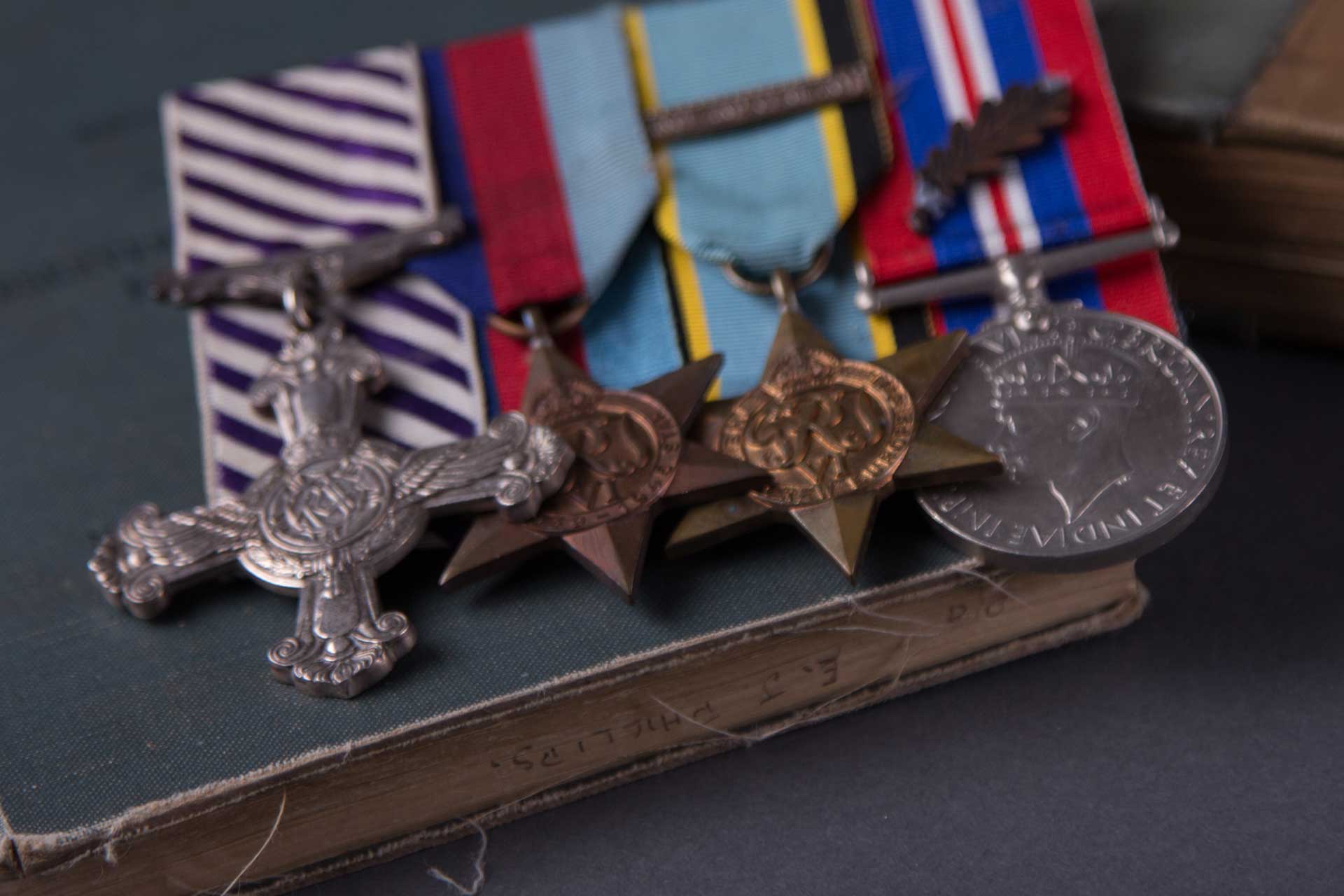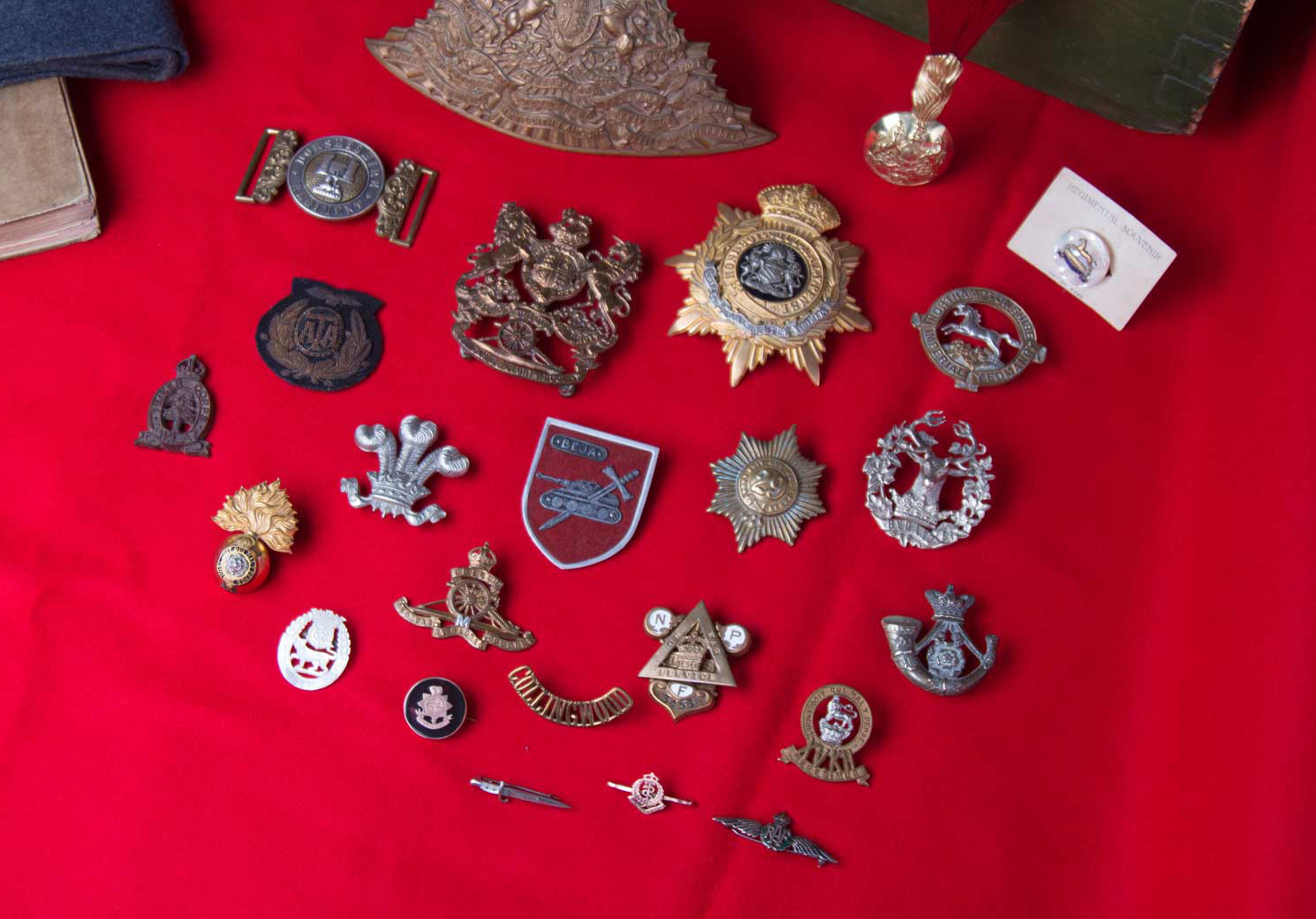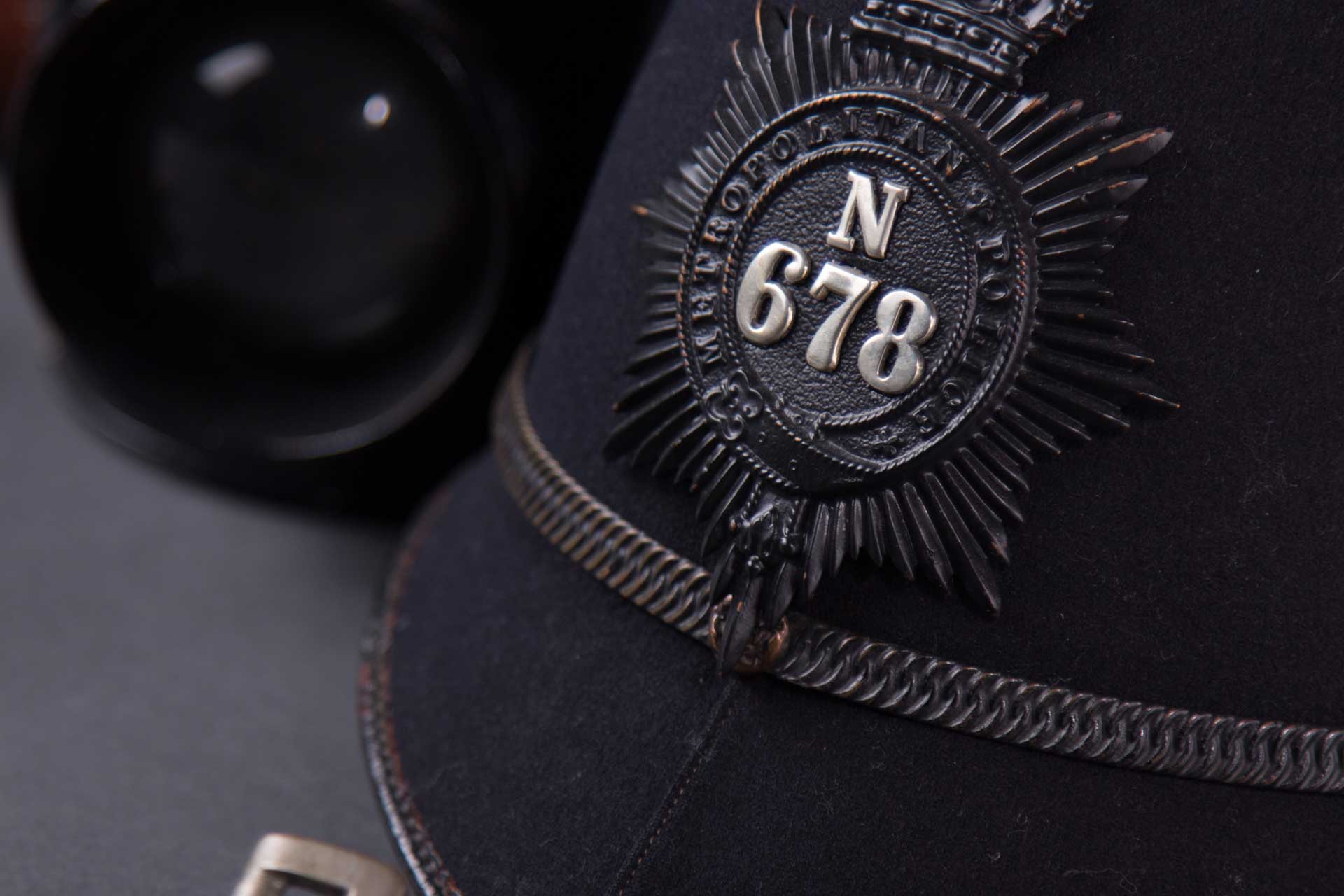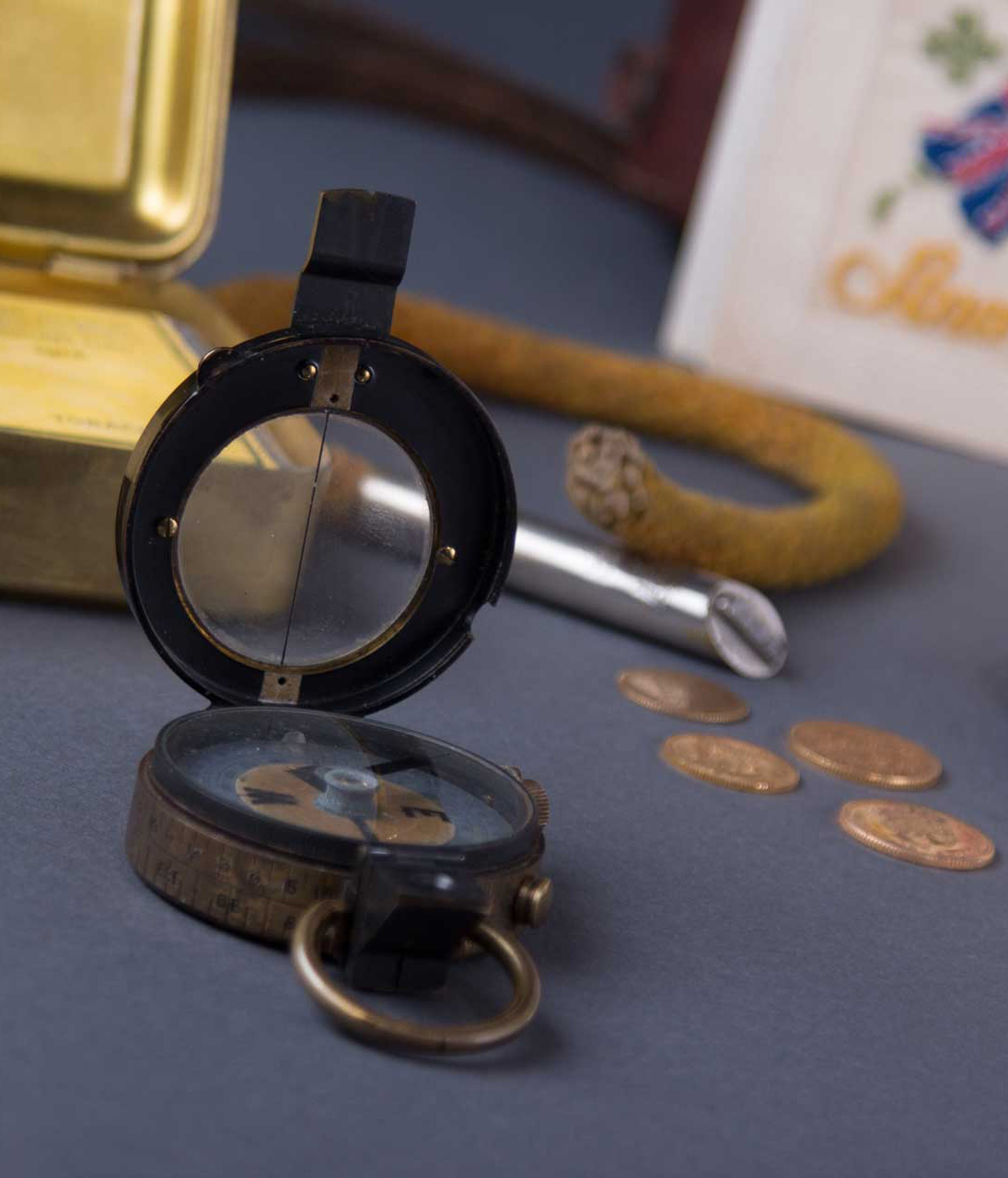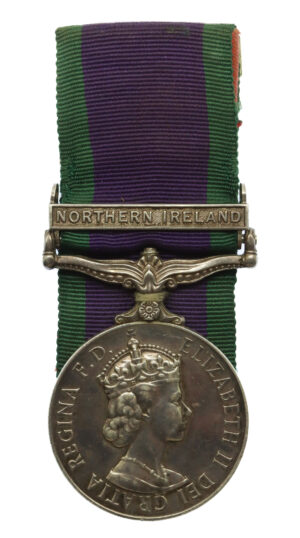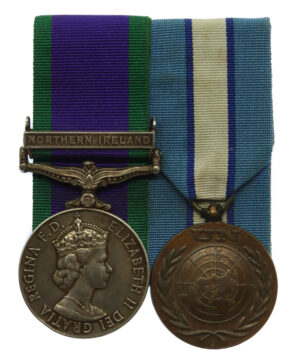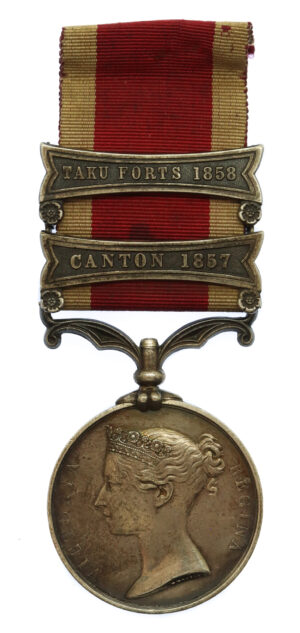Trusted Experts in Military Medals, Badges & Police Insignia
We are a family run business taking pride in offering carefully curated items and delivering exceptional service.
Browse our extensive collection online or visit our Doncaster City Centre shop for the full range, free valuations, and expert advice.
